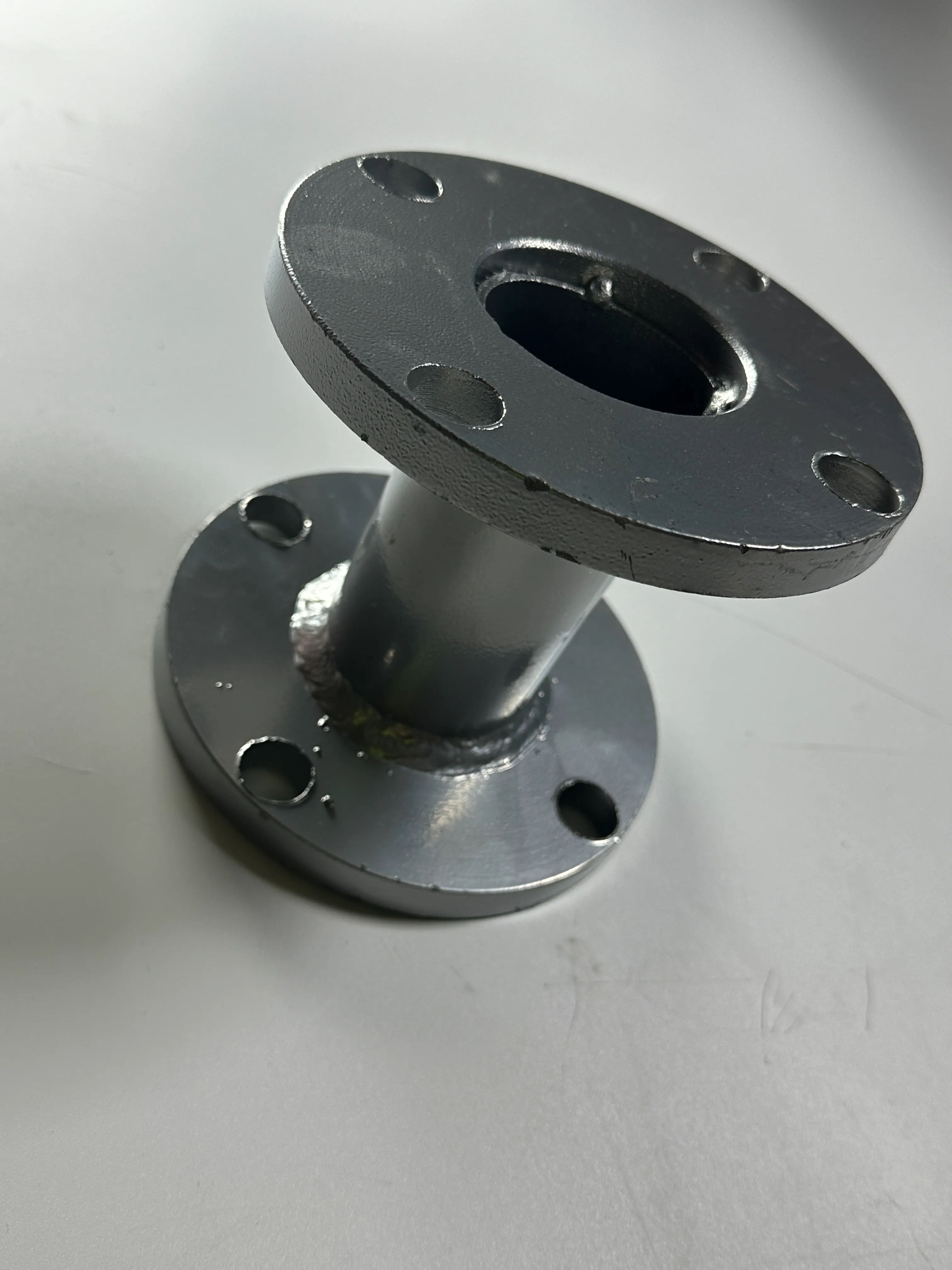loading...
- No. 9, Xingyuan South Street, Dongwaihuan Road, Zaoqiang County, Hengshui, Hebei, China
- admin@zjcomposites.com
- +86 15097380338
- Welcome to visit our website!
Exploring Design and Applications of Circular Hollow Sections in Structural Engineering
Understanding CHS Circular Hollow Sections in Structural Engineering
Introduction
Circular Hollow Sections (CHS) are a type of structural steel profile extensively used in the construction industry for various applications. Defined by their hollow circular shape, CHS sections exhibit unique mechanical properties, making them an attractive option for structural and architectural designs. This article aims to explore the features, advantages, and applications of CHS, highlighting why it is a preferred choice among engineers and architects.
Design and Fabrication
CHS profiles can be manufactured in various diameters and wall thicknesses, providing a wide range of options to suit specific engineering requirements. The manufacturing of CHS typically involves the process of cold forming or hot rolling steel sheets into tubular shapes. This versatility contributes to their popularity across different construction sectors, from high-rise buildings to bridges and even offshore structures.
Using advanced fabrication techniques, CHS can be readily integrated with other structural components, such as beams and columns. The seamless properties of CHS sections reduce the likelihood of stress concentrations that can lead to structural failures, making them safer and more reliable. Furthermore, their circular geometry enables uniform stiffness and reduced weight compared to traditional rectangular or square sections.
Advantages of CHS
One of the key advantages of using Circular Hollow Sections is their resistance to buckling. The circular shape inherently provides better resistance to lateral-torsional buckling, making CHS suitable for long spans without requiring additional bracing. This feature significantly improves the efficiency of material use, allowing engineers to minimize the overall weight of structures while maintaining strength and stability.
chs circular hollow section

Moreover, CHS offers excellent torsional resistance due to its shape. This characteristic is particularly valuable in applications where twisting forces are present, such as in crane booms or bridges that experience variable loading conditions. The consistent cross-section of CHS aids in performance predictions, simplifying structural analysis.
In addition to their mechanical benefits, CHS profiles also contribute to aesthetic design considerations. Their smooth surfaces and rounded edges can enhance the visual appeal of architectural structures. The versatility of CHS allows for creative design freedom, enabling architects to create innovative forms and styles that are both functional and attractive.
Applications of CHS
The applications of Circular Hollow Sections are vast, spanning multiple sectors of the construction industry. In residential and commercial building projects, CHS is often used for columns, beams, and even structural frameworks, allowing for open and unobstructed interior spaces. Its strength-to-weight ratio is especially advantageous in high-rise buildings, where reducing the overall weight of the structural components is crucial.
In infrastructure projects, CHS is frequently employed in the construction of bridges, towers, and supports due to its ability to withstand tensile and compressive forces effectively. The aerospace and automotive industries also leverage the mechanical properties of CHS for manufacturing components that require lightweight yet strong materials.
Moreover, in the field of renewable energy, CHS is used in the construction of wind turbines and solar panel structures. The robust nature of CHS can withstand environmental stresses, ensuring longevity and reliability in energy generation systems.
Conclusion
In summary, Circular Hollow Sections represent a significant advancement in structural engineering, providing a myriad of benefits that make them a go-to choice for various applications. Their unique mechanical properties, design flexibility, and aesthetic appeal position CHS as an essential component in modern construction. As the demand for innovative and efficient structural solutions continues to grow, the role of CHS in shaping the future of engineering and architecture remains paramount. Understanding the advantages and applications of CHS can empower engineers and architects to make informed decisions that lead to safer, more efficient, and visually compelling structures.
-
GRP Structures: The Future of Lightweight, High-Performance EngineeringNewsJun.20,2025
-
FRP Water Tank: High-Performance Storage for Corrosive and Clean Water SystemsNewsJun.20,2025
-
FRP Square Tube: The New Industry Standard for Chemical and Structural ApplicationsNewsJun.20,2025
-
FRP Pultruded Profiles: The Ultimate Choice for Lightweight Structural StrengthNewsJun.20,2025
-
FRP Handrails: The Safer, Smarter, and Stronger Choice for Modern InfrastructureNewsJun.20,2025
-
FRP Grating: The Smart Solution for Durable, Lightweight Industrial FlooringNewsJun.20,2025
-
Why Choose a Galvanized Water Tank for Your Storage NeedsNewsMay.21,2025
